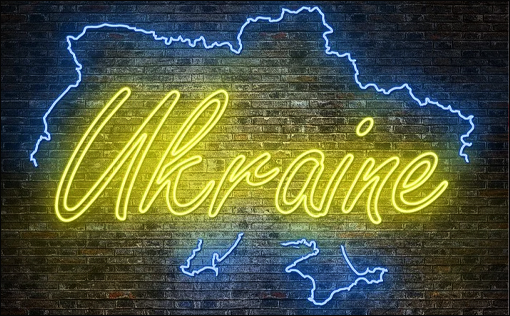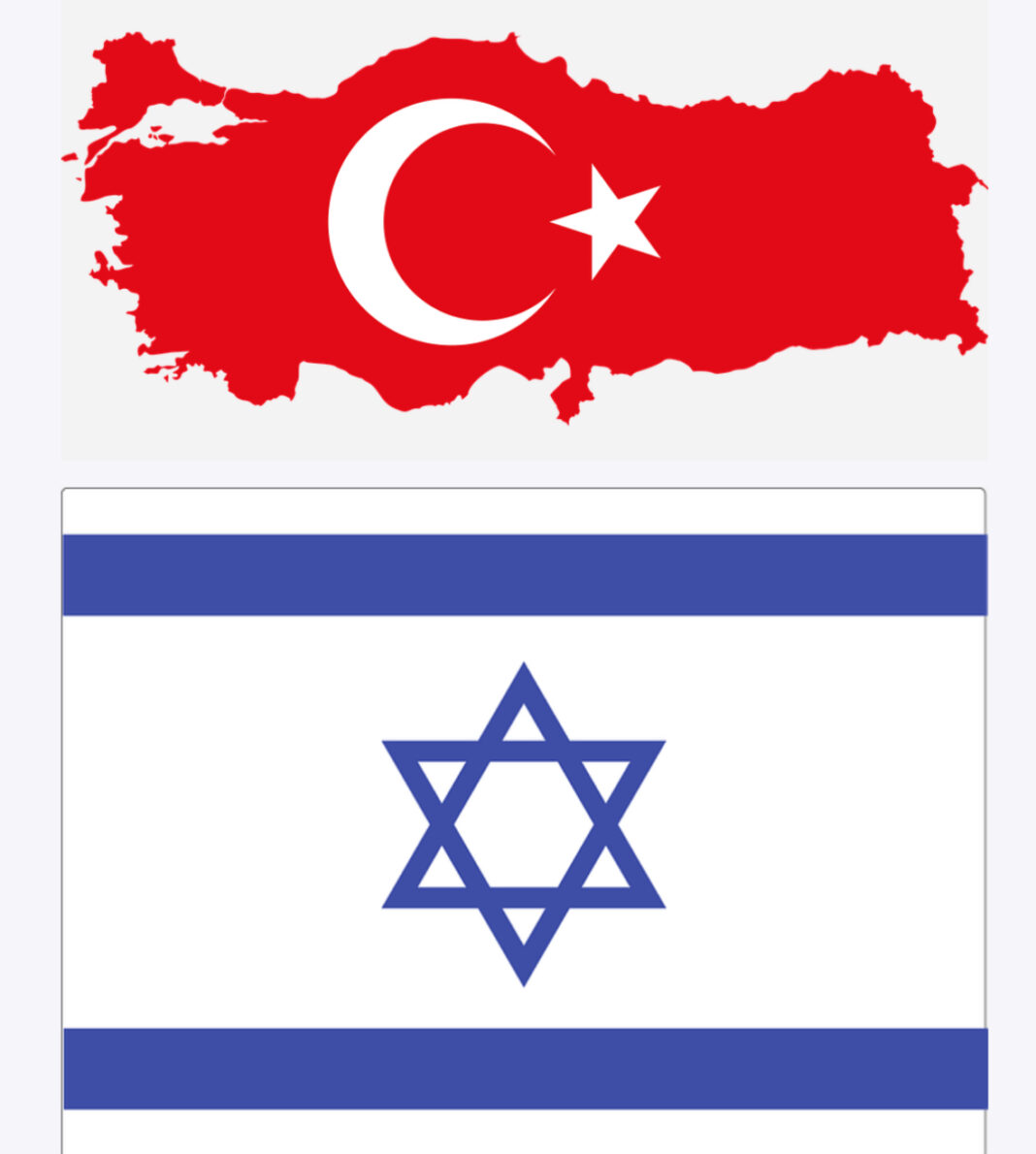As Russia continues to violate ceasefire terms and Ukraine remains outside NATO, Kyiv is calling on its Western partners to deploy peacekeeping forces on Ukrainian soil — a move it considers essential to preventing future Russian aggression.
This week, defense ministers from across Europe, along with officials from Canada and Australia, gathered in Brussels to discuss possible contributions to such a force. The meeting, hosted at NATO headquarters, was spearheaded by French Defense Minister Sébastien Lecornu and the U.K.’s John Healey. Notably absent from direct involvement in the peacekeeping discussion: the United States.
Ukrainian President Volodymyr Zelenskyy made clear that Ukraine is seeking foreign troops not only as a deterrent, but also as part of a larger framework to maintain stability if a political agreement with Russia can be reached. “We are discussing the presence of foreign personnel on land, in the air, and at sea,” Zelenskyy said during a press conference in Kyiv. “There are specific geographic locations where we would like to see backup forces.”
Zelenskyy emphasized the need for clarity regarding troop numbers, deployment timelines, and mandates. He expressed hope that firm commitments will be reached within the next month.
According to Pavlo Palisa, deputy head of Zelenskyy’s office and top defense adviser, around a dozen countries have shown interest in contributing to a peacekeeping coalition. Some of these could include Baltic and Nordic nations. Palisa stressed that such participation could be arranged through direct bilateral agreements, rather than relying on a single multinational mandate.
Still, many potential contributors are hesitant to move forward without support from Washington. U.S. logistics, air defense systems, and intelligence-sharing capabilities are seen as critical enablers for any serious mission on the ground. But under President Donald Trump, the U.S. has instead focused on urging both Russia and Ukraine to stop fighting — without following up on violations or offering military guarantees.
Moscow, for its part, has already rejected the idea of a foreign troop deployment without a UN Security Council resolution. Russian officials argue that any NATO-backed force inside Ukraine would be a provocation.
Back in Kyiv, officials continue to stress the importance of structured coordination between military and political authorities to make peacekeeping viable. “Ukraine has its own vision for how these forces should be deployed,” Palisa said. “But every detail — from air support to naval protection — needs to be worked out in cooperation with our partners.”
Palisa also emphasized that even limited foreign deployment would demand robust infrastructure: electronic warfare capabilities, logistics, air cover, and more. For example, he noted, if a French brigade were stationed in a certain area, it would need to bring its own air defense systems. Even a sparse deployment — such as three troops per kilometer — would trigger full operational planning.
While Ukraine maintains one of the largest and most experienced armies in Europe, the government believes international troop presence remains crucial to long-term stability — especially as NATO membership remains off the table. In the event of renewed aggression, these allied forces would serve as a first line of deterrence, and potentially direct defense.
The day after the Brussels meeting, NATO is scheduled to host the Ukraine Defense Contact Group — a U.S.-initiated forum aimed at coordinating military aid to Ukraine. The U.K. and Germany will lead the talks, with U.S. Defense Secretary Pete Hegseth expected to join remotely via video link.




